Mutarotase, Enzyme Activity (TBP0081)
$110.00 – $440.00
| SKU | Stock | SIZE | Price | Quantity | ||
|---|---|---|---|---|---|---|
| TBP0081-1KU | Yes | 1000 U | $110.00 | |||
| TBP0081-5KU | Yes | 5000 U | $440.00 |
- Description
- Terms
- Additional information
- Documents
- Reviews (0)
Description
Product Details
Form: Ammonium Sulfate
Solubility: Soluble in distilled water or dilute buffer
Stability: Stable when stored at 4°C. Do not freeze
Activity: 5,000 U/mg protein
Protein: 10 mg/ml
Catalog No.: 136B5000
Unit Definition
That amount of enzyme which will increase the spontaneous mutarotation of one micromole of a-D-Glucose to §-D-Glucose per minute at pH 7.4 and 25°C. One rotation unit is equal to 0.04 U when measured with Glucose dehydrogenase.
Assay Method
The rate at which the spontaneous mutarotation of a-D-Glucose is increased at 25°C at pH 7.4 in the presence of mutarotase as measured by a precision polarimeter.
Applications
Mutarotase (EC 5.1.3.3) catalyzes the mutarotation of a-D-Glucose to ß-D-Glucose as shown in the following reaction:
Mutarotase, which catalyzes the mutarotation of certain sugars was discovered by accident in 1949. Keston reported the occurrence of an enzyme of similar characteristics in animal tissues such as rat liver and kidneys of porcine, rabbit, chicken, rat, bovine and lamb. Later, Keston reported partial purification by adsorption with phosphate gel and chloroform treatment. He has also considered the kinetics and distribution of mutarotases of various animals and their possible relation to sugar transport. A controversial question concerning the postulated inhibition of kidney mutarotase by its own substrate, glucose, has been resolved.
Reagents
- 5.0 mM sodium EDTA, pH 7.4.
- Enzyme Solution. Freshly prepared (just before use) enzyme solution in reagent (1) containing approximately 200 units per ml.
Procedure
- Determination of Spontaneous Mutarotation:
At time zero dissolve 100 mg (accurately weighed) a-D-Glucose in 10.0 ml reagent (1) and rapidly transfer to polarimeter cell thermostated at 25°C. Record the rotation at one minute intervals for the first 10 minutes. After 10 minutes record the rotation at 5 minute intervals. After 30 minutes record the rotation at 15 minute intervals. Continue until rotation is constant. This should occur in about 4 hours and should be approximately +53°C.
- Graph rotation vs. time. Extrapolate to zero to obtain the initial rotation. The initial rotation corresponds to an a-D- Glucose concentration of 555 micromole per reaction mixture.
- Blank Rotation Graph: Graph rotation vs. time in 1.0 minute intervals. Determine change in rotation for 5.0 minutes.
- Standard Curve: Graph rotation vs. micromole a-D-Glucose using data from spontaneous mutarotation. There are two points. Initial is 555 micromole and final rotation is 195 micromole.
- Determination of Test Rotation:
- At time zero add 0.10 ml enzyme solution to 9.9 ml reagent (1) and rapidly dissolve exactly 100 mg a-D-Glucose in this mixture. Determine rotation at 30 second intervals for ten minutes.
- At time zero add 0.05 ml enzyme solution to 9.95 ml reagent (1) and rapidly dissolve exactly 100 mg a-D-Glucose in this mixture. Determine rotation at 30 second intervals for ten minutes.
Additional information
| SIZE | 1000 U, 5000 U |
|---|
Be the first to review “Mutarotase, Enzyme Activity (TBP0081)”
You must be logged in to post a review.

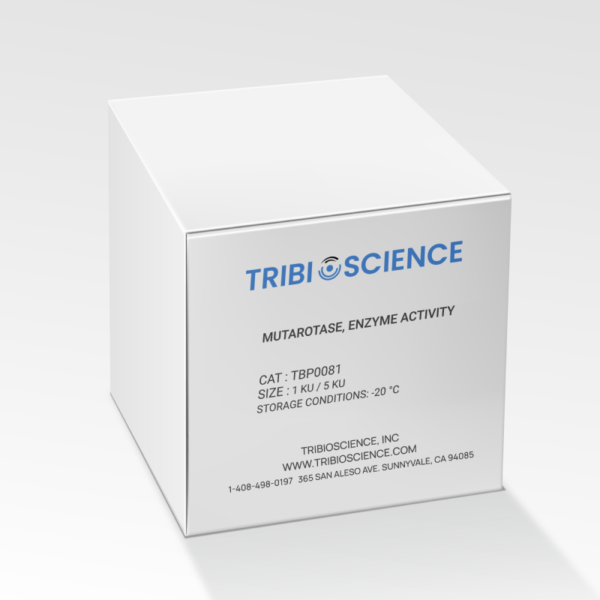
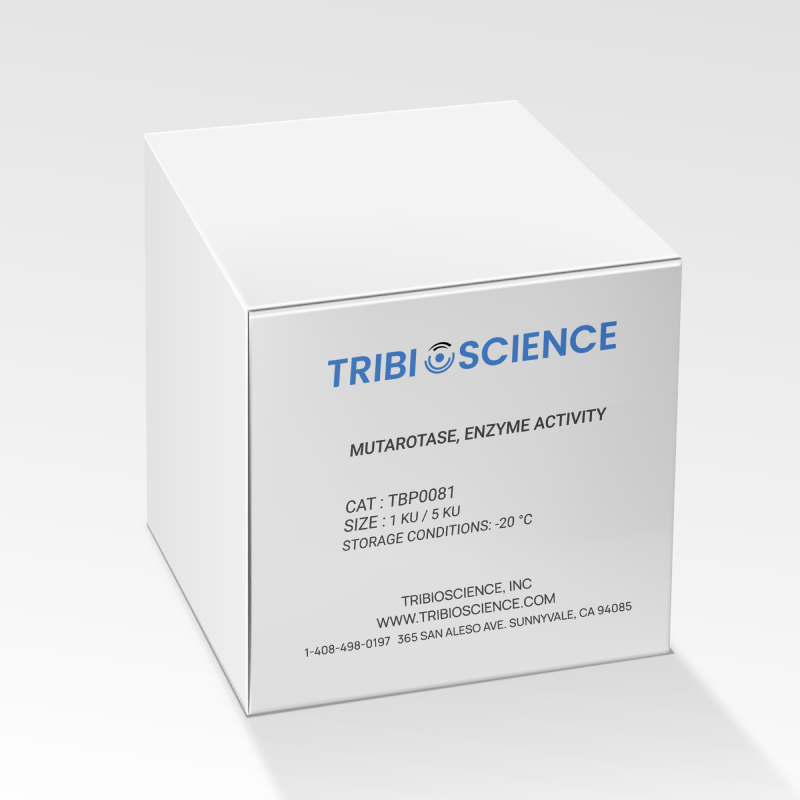
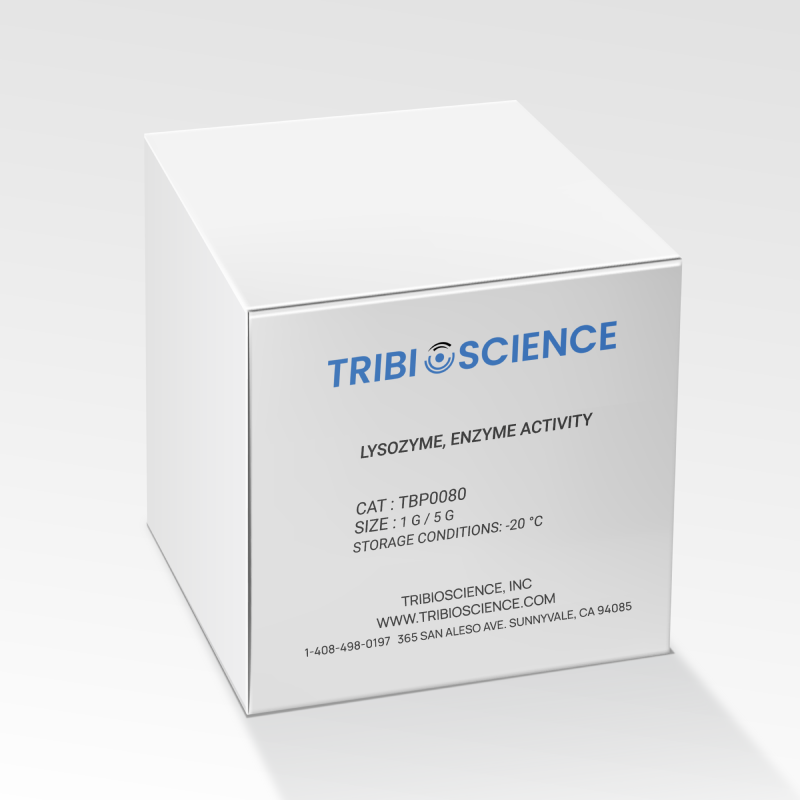
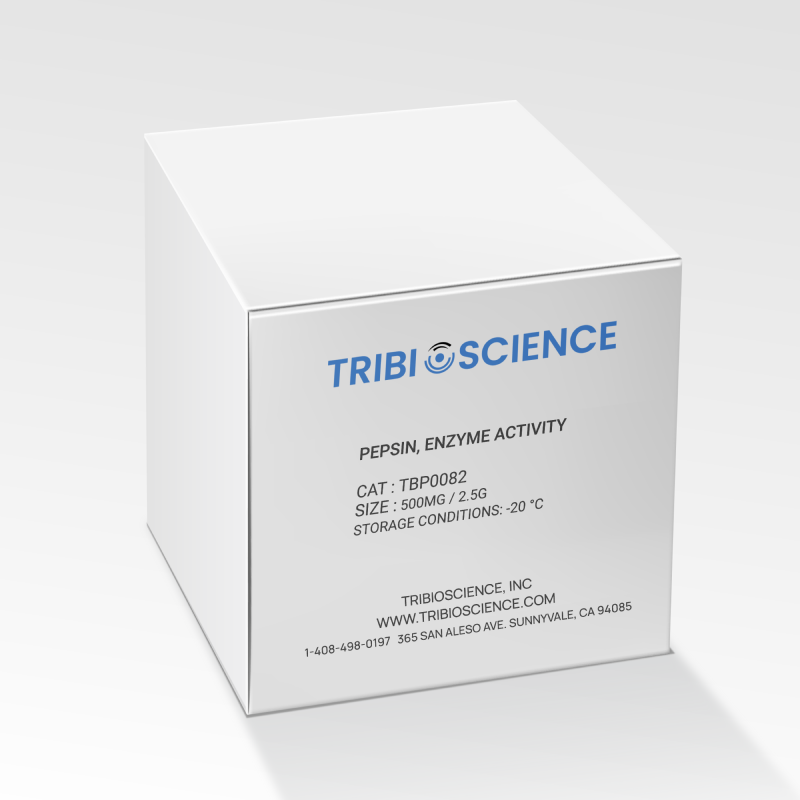
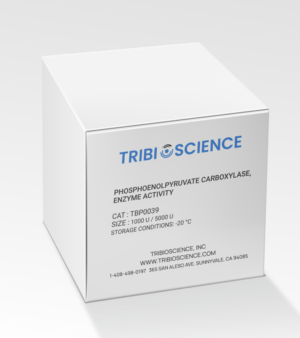
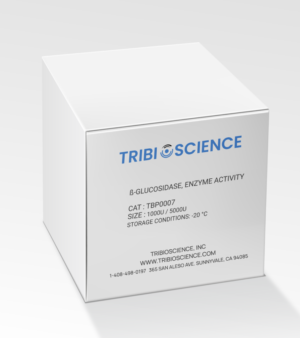
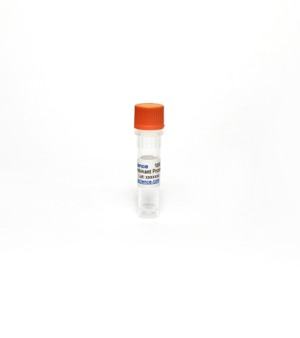
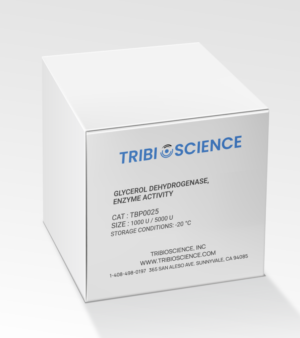
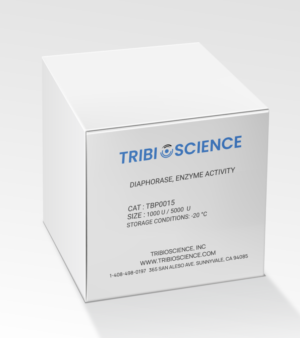
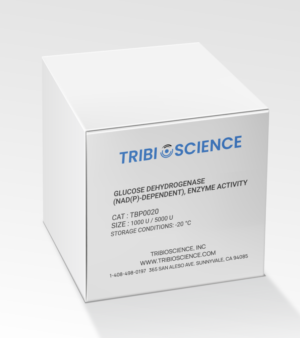
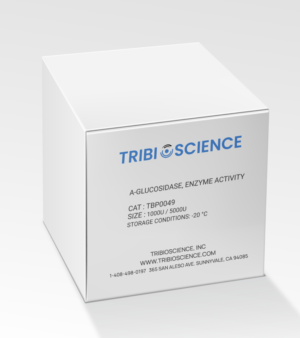
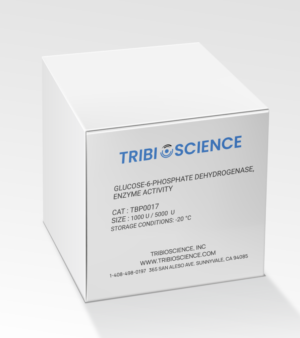
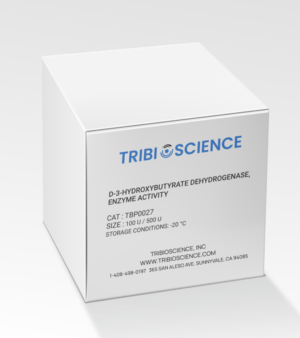
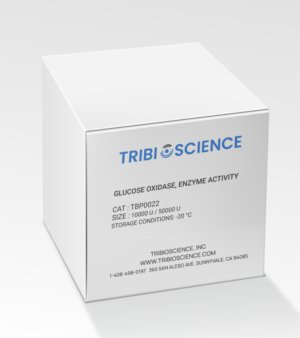

Reviews
There are no reviews yet.